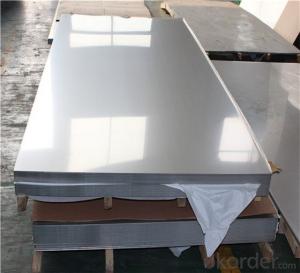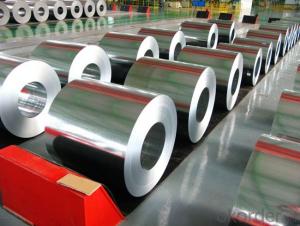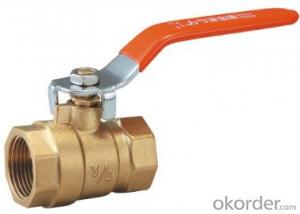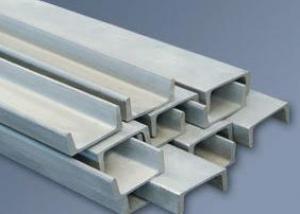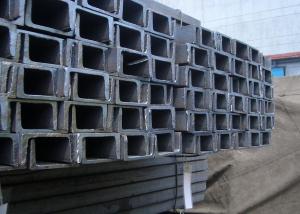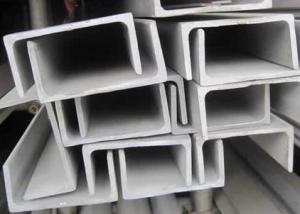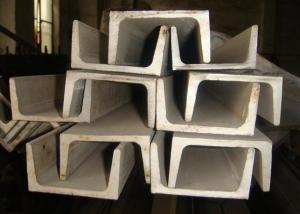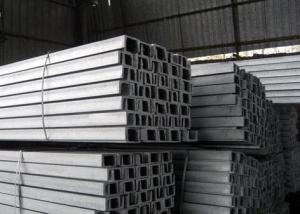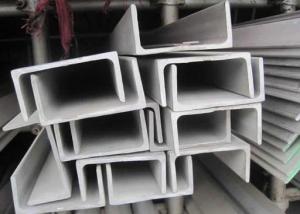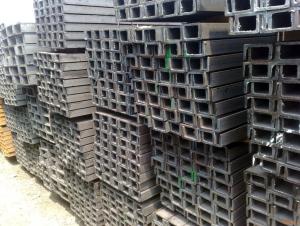Sus304 Stainless Steel
Sus304 Stainless Steel Related Searches
Best Paint For Stainless Steel Blanket Insulation For Steel Buildings Primer For Galvanized Steel Foam Filter For Stainless Steel H S Code For Stainless Steel Surface Grinding Wheels For Stainless Steel Surface Grinding Wheels For Hardened Steel Hole Saw For Stainless Steel Paint For Stainless Steel Stainless Steel For BbqHot Searches
Steel Mesh Panels For Sale Price For Stainless Steel Scrap Scrap Price For Stainless Steel Price For Stainless Steel Stainless Steel Tank For Sale Stainless Steel Sheets For Sale Cheap High Tea Sets For Sale Stainless Steel Tanks For Sale Stainless Steel For Sale High Density Fiberboard For Sale Solar Hot Water Collectors For Sale Scaffolding For Sale In Uae Scaffolding For Sale In Ireland Scaffolding For Sale In Houston Type Of Inverter For Solar Price Of Shipping Containers For Sale Types Of Inverter For Solar Stock Price For Aluminum Used Solar Inverter For Sale Steel Mesh Panels For SaleSus304 Stainless Steel Supplier & Manufacturer from China
Okorder.com is a professional Sus304 Stainless Steel supplier & manufacturer, offers integrated one-stop services including real-time quoting and online cargo tracking. We are funded by CNBM Group, a Fortune 500 enterprise and the largest Sus304 Stainless Steel firm in China.Hot Products
FAQ
- A stainless steel channel is a U-shaped metal beam made of stainless steel that is commonly used in construction and manufacturing industries. It provides structural support and stability to various structures and is known for its corrosion resistance and durability.
- Stainless steel channels contribute to building sustainability certifications by offering durability, longevity, and recyclability. As a highly durable material, stainless steel channels can withstand harsh environments and require minimal maintenance, reducing the need for replacements or repairs. Additionally, stainless steel is 100% recyclable, making it a sustainable choice for construction projects. By incorporating stainless steel channels into building designs, it demonstrates a commitment to sustainable practices, which can help in achieving sustainability certifications.
- Yes, stainless steel channels can be customized or fabricated to specific requirements. Stainless steel is a versatile material that can be easily shaped, cut, and welded to create channels of various sizes and dimensions. Customization options include altering the width, height, and thickness of the channel, as well as adding features such as holes, slots, or flanges. Fabrication techniques like bending, rolling, or forming can be used to achieve the desired shape or curvature. Additionally, stainless steel channels can be finished with different surface treatments or coatings to enhance their appearance or improve their resistance to corrosion. Overall, stainless steel channels offer great flexibility for customization to meet specific project requirements in various industries such as construction, manufacturing, and engineering.
- The appropriate spacing between stainless steel channels in a drainage system is typically determined by considering factors such as the volume and rate of water flow, the size and type of debris expected, and the level of maintenance required. It is important to ensure that the spacing allows for efficient water drainage while preventing clogging or blockages.
- Yes, stainless steel channels are suitable for architectural or decorative applications. Stainless steel is a versatile and durable material that offers numerous benefits for such applications. It has a sleek and modern appearance that can enhance the aesthetics of any space. Additionally, stainless steel channels are resistant to corrosion, staining, and rust, making them suitable for both indoor and outdoor use. They are also easy to clean and maintain, which is important for architectural and decorative elements that need to maintain their appearance over time. Furthermore, stainless steel channels can be customized and fabricated to meet specific design requirements, allowing for endless possibilities in architectural and decorative projects. Overall, stainless steel channels are a popular choice for architects and designers due to their aesthetic appeal, durability, and versatility.
- Yes, stainless steel channels can be used in seismic zones. Stainless steel is known for its excellent strength and durability, making it suitable for seismic applications. It has high tensile strength and resistance to corrosion, which allows it to withstand the forces and vibrations generated during seismic events. Additionally, stainless steel channels offer design flexibility and can be customized to meet specific seismic requirements, making them a reliable choice for construction in seismic zones.
- Yes, stainless steel channels are highly resistant to moisture. Stainless steel contains chromium, which creates a protective layer when exposed to oxygen. This layer, also known as a passive film, is highly resistant to corrosion and prevents moisture from penetrating the surface of the steel. This makes stainless steel channels ideal for applications in moist and humid environments, as they are less likely to rust or deteriorate due to moisture exposure. Additionally, stainless steel channels are often used in industries such as food processing, marine, and chemical, where they come into contact with water or other liquids regularly. Overall, the corrosion-resistant nature of stainless steel channels makes them a reliable and durable choice for moisture-prone environments.
- Yes, stainless steel channels are generally resistant to pitting and crevice corrosion. Stainless steel is known for its excellent corrosion resistance, and this is due to its high chromium content. Chromium forms a passive oxide layer on the surface of stainless steel, which acts as a barrier against corrosion. This oxide layer is self-repairing, meaning that if it is damaged, it can quickly reform and continue to protect the stainless steel from corrosion. Pitting corrosion occurs when small areas of the passive oxide layer are damaged, leading to localized corrosion. However, stainless steel channels are specifically designed to have a smooth surface, reducing the likelihood of pitting corrosion. Additionally, the high chromium content in stainless steel provides enhanced resistance against pitting corrosion. Crevice corrosion occurs in confined spaces or crevices where stagnant electrolyte can accumulate, leading to localized corrosion. Stainless steel channels are typically designed with minimal crevices or tight spaces, reducing the risk of crevice corrosion. However, it is important to ensure that the channels are properly installed and maintained to prevent the buildup of stagnant electrolytes. Overall, stainless steel channels are highly resistant to pitting and crevice corrosion, making them a durable and reliable choice for various applications where corrosion resistance is a critical requirement.






























